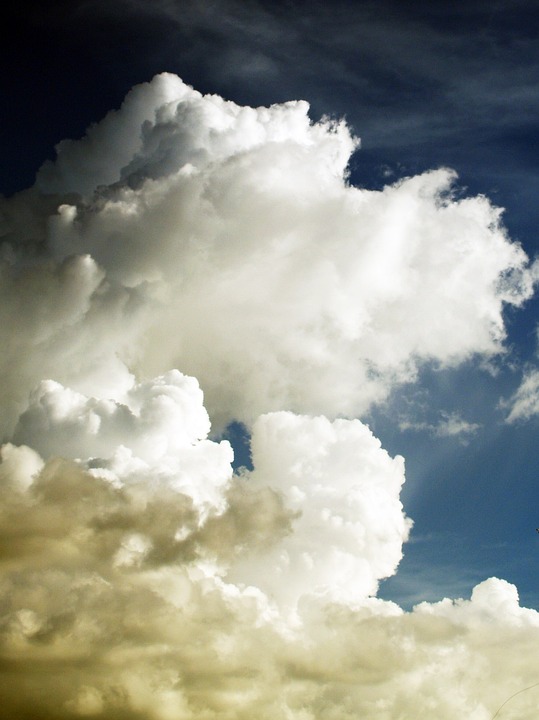What Is the Climate Like in South Korea?
South Korea, located in East Asia on the Korean Peninsula, experiences a temperate climate characterized by four distinct seasons. Its geographical position, bordered by the Yellow Sea to the west and the Sea of Japan to the east, significantly influences its weather patterns. Understanding these seasonal variations is crucial for agriculture, tourism, and daily life.
General Climate Characteristics of South Korea
South Korea’s climate is primarily temperate, with notable variations due to its topography and proximity to oceans. The country experiences:
– Four distinct seasons: spring, summer, autumn, and winter.
– Monsoon influences: The East Asian monsoon system brings significant rainfall during the summer months.
Annual mean temperatures range from 10°C to 16°C (50°F to 61°F), with August being the warmest month (average temperatures of 23°C to 27°C) and January the coldest (ranging from -6°C to 7°C)[1][2].
Seasonal Climate Patterns in South Korea
A. Spring (March to May)
– Temperatures: Mild and pleasant, typically between 10°C and 20°C (50°F to 68°F).
– Features: Known for cherry blossoms and blooming flowers; however, it can also bring occasional rain and yellow dust storms originating from the Gobi Desert.
B. Summer (June to August)
– Temperatures: Hot and humid, often reaching 25°C to 35°C (77°F to 95°F).
– Monsoon season: Lasts from late June to early August, bringing heavy rainfall that can lead to flooding. Average humidity can reach up to 80-90% in July[1][2].
C. Fall (September to November)
– Temperatures: Cool and dry, ranging from 15°C to 25°C (59°F to 77°F).
– Features: Characterized by clear skies and vibrant autumn foliage; generally considered one of the best times for travel due to comfortable weather conditions.
D. Winter (December to February)
– Temperatures: Cold and dry, often falling below freezing (-6°C to 5°C or 21°F to 41°F).
– Snowfall: More prevalent in northern regions and mountainous areas; strong Siberian winds contribute to the cold conditions.
Regional Climate Variations in South Korea
A. Northern and Central Regions (Seoul, Gyeonggi Province)
– Experience more extreme temperatures with colder winters and hot summers.
– Higher snowfall compared to southern regions.
B. Southern Regions (Busan, Jeju Island)
– Milder winters with warmer temperatures year-round.
– Jeju Island has a subtropical climate with more rainfall.
C. Mountainous Regions (Gangwon Province)
– Cooler temperatures year-round with significant winter snowfall, making them popular for winter sports.
Key Weather Events and Patterns in South Korea
A. Monsoon Season (Changma)
The summer monsoon brings substantial rainfall from late June through July. This period is crucial for agriculture but can also lead to flash floods and landslides[1][2].
B. Winter Cold Spells
Intense cold spells occur mainly in January due to Siberian winds, affecting daily life and energy consumption.
C. Typhoon Season
Typhoons typically occur from July to September, bringing heavy rain and strong winds that can cause severe flooding and landslides[5].
Climate Change and Its Impact on South Korea
Climate change is altering South Korea’s weather patterns:
– Rising temperatures are leading to hotter summers and milder winters.
– Changes in monsoon patterns are causing more intense rainfall events while increasing drought risks during other seasons.
– The frequency of extreme weather events, such as typhoons and heatwaves, has also increased[5][9].
FAQs
– Does it snow in South Korea?
Yes, particularly in northern regions during winter.
– When is the best time to visit South Korea for mild weather?
Spring (April-May) and fall (September-November) are ideal for mild weather.
– How humid does it get in South Korea during summer?
Humidity can reach up to 80-90% during peak summer months.
– What is the monsoon season in South Korea?
The monsoon season, known as Changma, occurs from late June through July.
– How is climate change impacting South Korea’s seasons?
Climate change is leading to increased temperatures, altered rainfall patterns, and more frequent extreme weather events.
Conclusion
South Korea’s diverse climate across its four seasons presents unique opportunities for residents and travelers alike. Understanding these seasonal variations enhances experiences related to agriculture, tourism, and daily life activities throughout the year.

Kyle Whyte is a notable scholar and professor at the University of Michigan, holding positions such as the George Willis Pack Professor in the School for Environment and Sustainability and Professor of Philosophy. Specializing in environmental justice, his work critically examines climate policy and Indigenous peoples’ ethics, emphasizing the nexus between cooperative scientific endeavors and Indigenous justice. As an enrolled Citizen Potawatomi Nation member, he brings a vital perspective to his roles as a U.S. Science Envoy and member of the White House Environmental Justice Advisory Council. His influential research is supported by various prestigious organizations including the National Science Foundation, and disseminated through publications in high-impact journals. Kyle actively contributes to global Indigenous research methodologies and education, with affiliations to numerous institutes and societies dedicated to traditional knowledge and sustainability. Recognized for his academic and community engagement, Kyle has earned multiple awards and served in various visiting professorships. His efforts extend to leadership positions on boards and committees focused on environmental justice nationwide.
